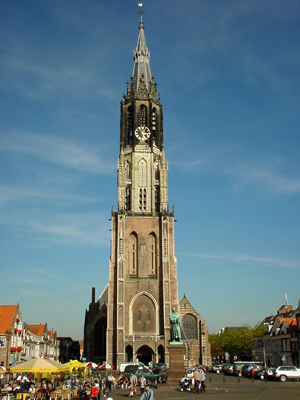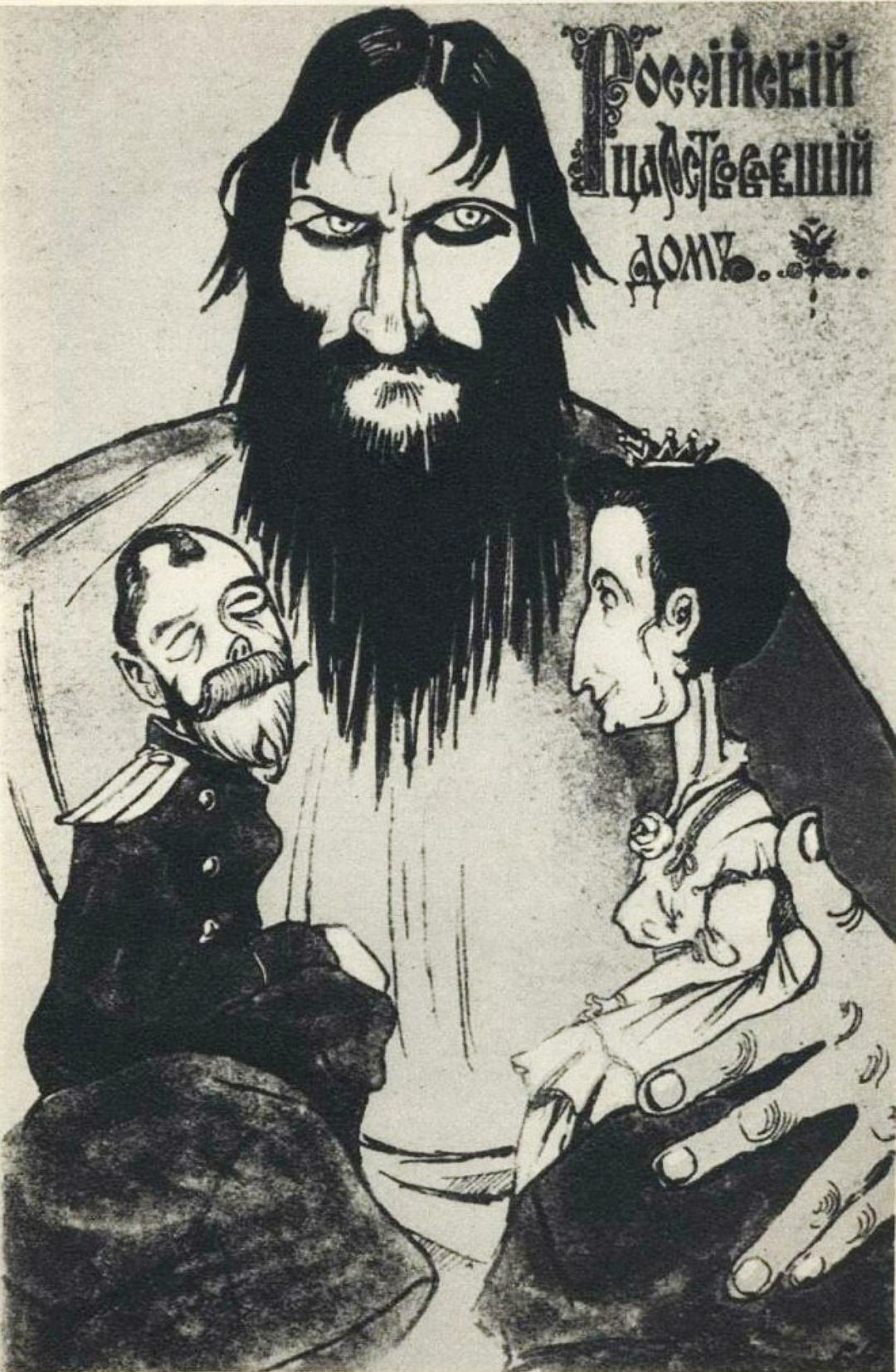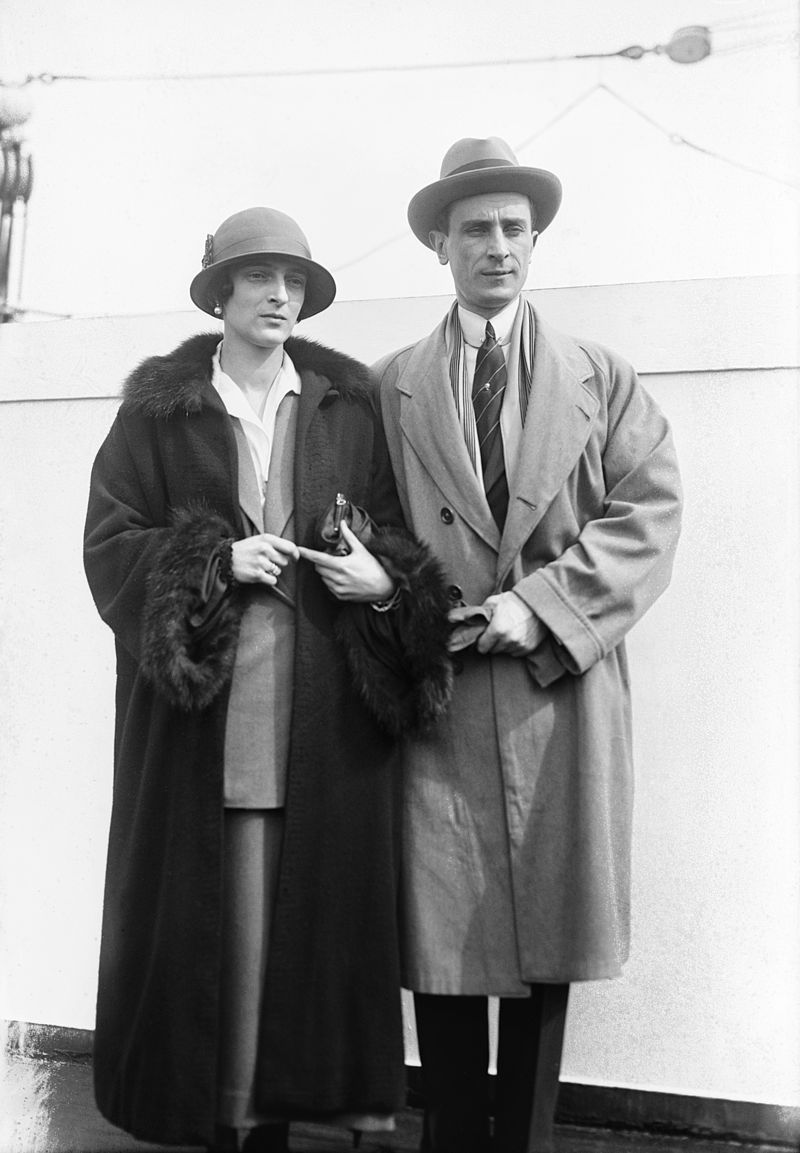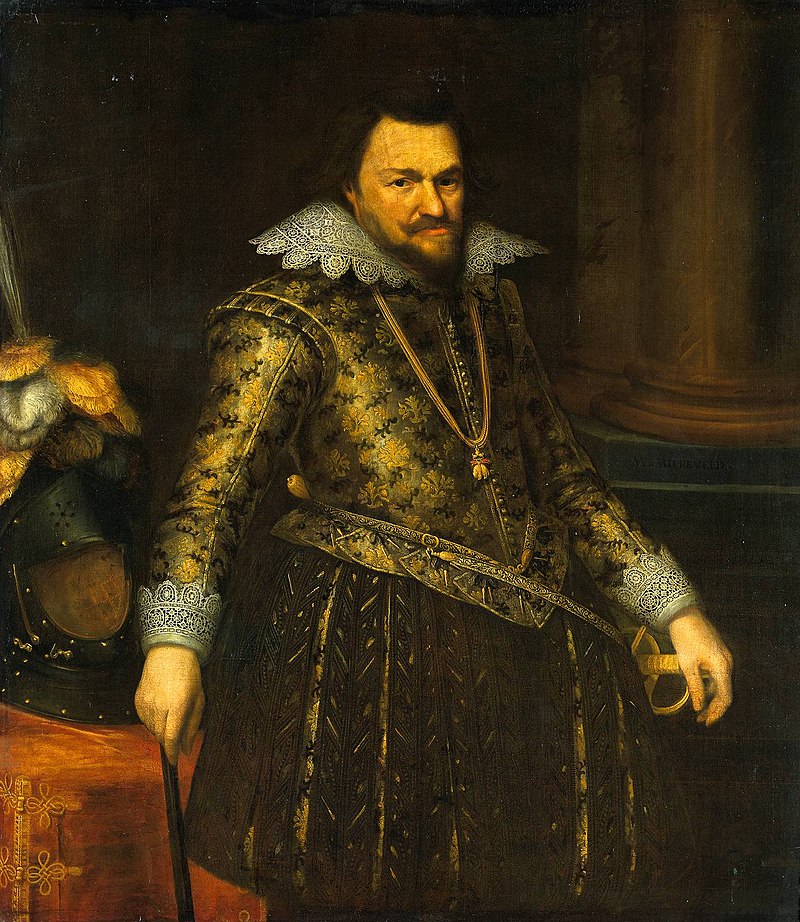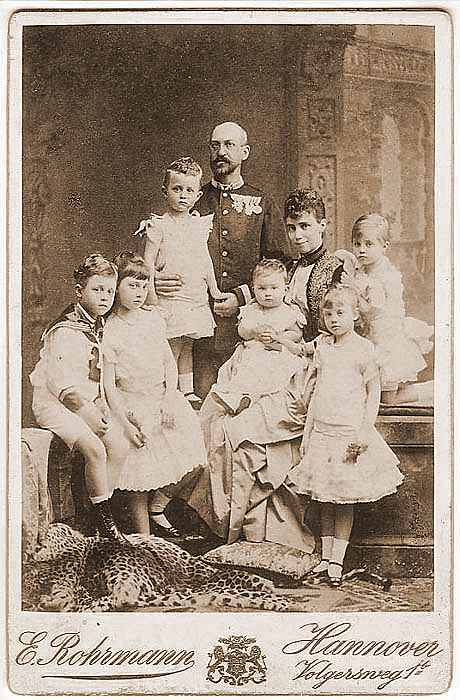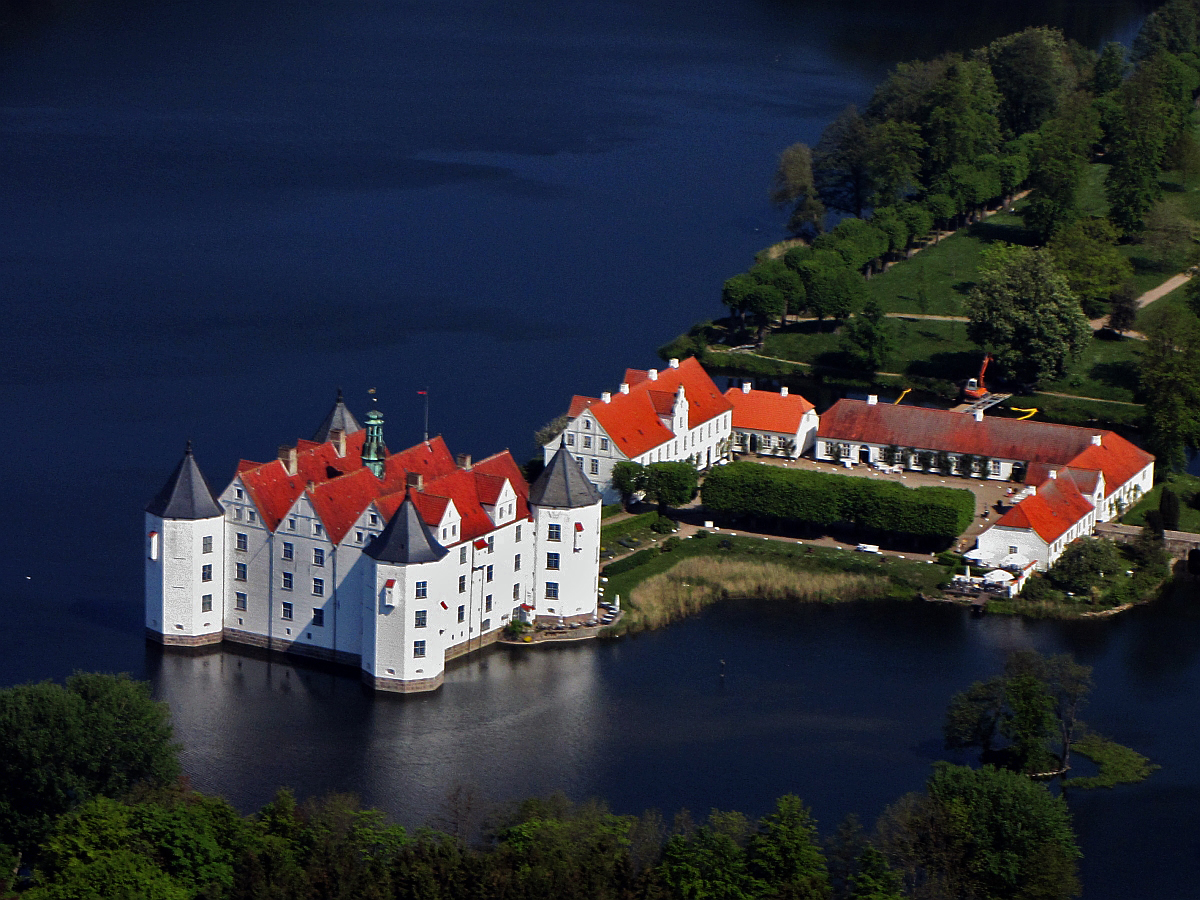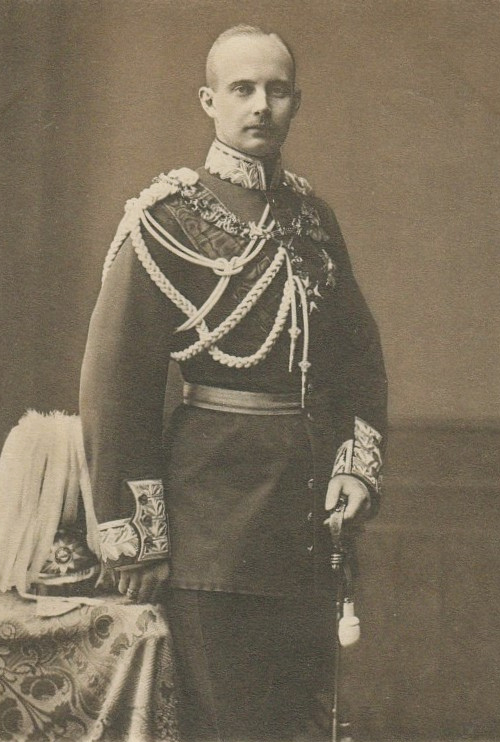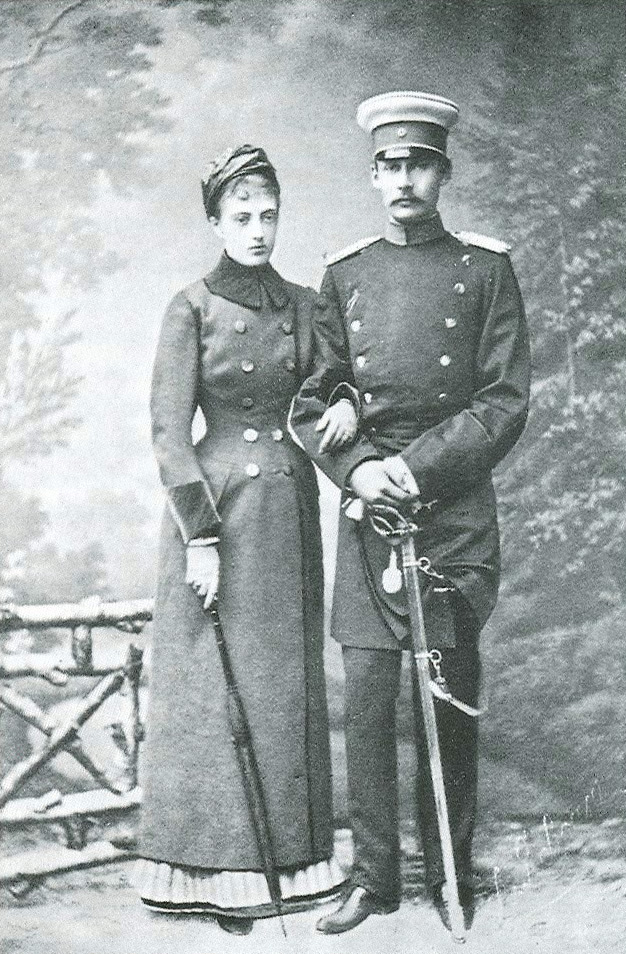by Susan Flantzer © Unofficial Royalty 2018

Wilhelmina of Prussia, Princess of Orange; Credit – Wikipedia
Born Princess Wilhelmina of Prussia (Friederike Sophie Wilhelmina) in Berlin, Kingdom of Prussia, now in Brandenburg, Germany, on August 7, 1751, she was the only daughter and the third of the four children of Prince August Wilhelm of Prussia and Luise of Brunswick-Wolfenbüttel. Wilhelmina’s father was the second surviving son of King Friedrich Wilhelm I of Prussia and Sophia Dorothea of Hanover, the daughter of King George I of Great Britain. August Wilhelm’s elder brother was King Friedrich II (the Great) of Prussia and an elder sister was Louisa Ulrika, wife of King Adolf Frederik of Sweden. Wilhelmina’s uncle Friedrich II of Prussia married her mother’s sister Elisabeth Christine of Brunswick-Wolfenbüttel. Their marriage was childless and Friedrich II was succeeded by Wilhelmina’s eldest brother.
Wilhelmina had three brothers:
- King Friedrich Wilhelm II of Prussia (1744–1797), married (1) Elisabeth Christine of Brunswick-Lüneburg, had one child Frederica of Prussia who married Prince Frederick, Duke of York, second son of King George III of the United Kingdom (2) Friederike Luise of Hesse-Darmstadt, had seven children including King Friedrich Wilhelm III of Prussia and Princess Wilhelmina of Prussia who married her first cousin King Willem I of the Netherlands, Wilhelmina’s son
- Prince Heinrich of Prussia (1747–1767) died unmarried
- Prince Emil of Prussia (1758–1759) died in infancy
At a very young age, Wilhelmina was separated from her parents and raised by her paternal grandmother Queen Dowager Sophia Dorothea. After her grandmother died in 1757, Wilhelmina was raised by her maternal aunt, Queen Elisabeth Christine, the wife of her paternal uncle King Friedrich II (the Great) of Prussia, who lived apart from her husband. When Wilhelmina was seven-years-old, her 35-year-old father died from a brain tumor.
On October 4, 1767, in Berlin, 16-year-old Wilhelmina married 19-year-old Willem V, Prince of Orange, son of Willem IV, Prince of Orange and Anne, Princess Royal, eldest daughter of King George II of Great Britain. The marriage was negotiated at the request of her uncle King Friedrich II.
Willem and Wilhelmina had five children, but only three survived infancy:
- Unnamed son (born and died 1769), lived only one day
- Louise of Orange-Nassau (1770 – 1819), married Karl, Hereditary Prince of Brunswick-Wolfenbüttel, no issue
- Unnamed son (born and died August 6, 1771)
- Willem I, King of the Netherlands (1772 – 1843), married (1) his first cousin Wilhelmine of Prussia, had issue (2) morganatic marriage after his abdication, Countess Henriëtte d’Oultremont de Wégimont, no issue
- Frederik of Orange-Nassau (1774 – 1799), unmarried, no issue

Willem and Wilhelmina with their three children (left to right) Friedrich, Wilhelm, and Louise by Pieter le Sage, 1779; Credit – Wikipedia
Wilhelmina was a proud and politically ambitious person. She was King Friedrich II of Prussia’s favorite niece and the two conducted a long-lasting correspondence containing political content. Because of her uncle’s advice, Wilhelmina tried to gain political influence in the Dutch Republic. Wilhelmina dominated her husband and exerted influence in the politics of the Dutch Republic.
In 1783, after the signing of the Treaty of Paris ending the American Revolutionary War, there was growing restlessness in the Dutch Republic. A group of revolutionaries called Patriots was challenging Willem V’s authority. In September of 1787, the Patriots were defeated by a Prussian army and many of the Patriots fled to France. In 1793, after the French Revolution, Willem V joined the First Coalition which fought against revolutionary France in 1793. The next year, the Dutch Republic was threatened by invading French armies. In 1795, the revolutionary Patriots, now supported by the French Army, returned and replaced the Dutch Republic with the Batavian Republic which remained in power until 1806.

Wilhelmina in 1789; Credit – Wikipedia
Willem V and his family fled to England where they lived in exile until 1802 in London in the part of Kew Palace known as the Dutch House with the permission of Willem’s first cousin King George III. In 1802, the family went to Germany where they lived in Nassau and Brunswick. Willem spent the rest of his life in exile. During his exile, Willem was viewed quite negatively in both England and the Netherlands. On April 9, 1806, Willem V died at the age of 58 in Brunswick (Germany) and was buried there. On April 29, 1958, after more than 150 years of lying in peace in Brunswick, he was reinterred at the Nieuwe Kerk in Delft.
In 1806, Napoleon I, Emperor of the French created the Kingdom of Holland for his brother Louis and the Batavian Republic came to an end. Aware of the discontent of the Dutch under French rule, Willem V’s son, also named Willem met with Alexander I, Emperor of All Russia to appeal for help in restoring him to rule in the Netherlands. Alexander agreed to help, and following Napoleon’s defeat at Leipzig in 1813, the Dutch provisional government agreed to accept Willem as the first King of the Netherlands.

Wilhelmina’s son King Willem I of the Netherlands; Credit – Wikipedia
Wilhelmina survived long enough to see her son become King Willem I of the Netherlands, and she returned to live in the Netherlands in 1814. She died on June 9, 1820, at the age of 68 at Het Loo Palace in Apeldoorn where she was buried. In 1831, Wilhelmina was reinterred at the new crypt of the House of Orange at the Nieuwe Kerk in Delft.
This article is the intellectual property of Unofficial Royalty and is NOT TO BE COPIED, EDITED, OR POSTED IN ANY FORM ON ANOTHER WEBSITE under any circumstances. It is permissible to use a link that directs to Unofficial Royalty.











